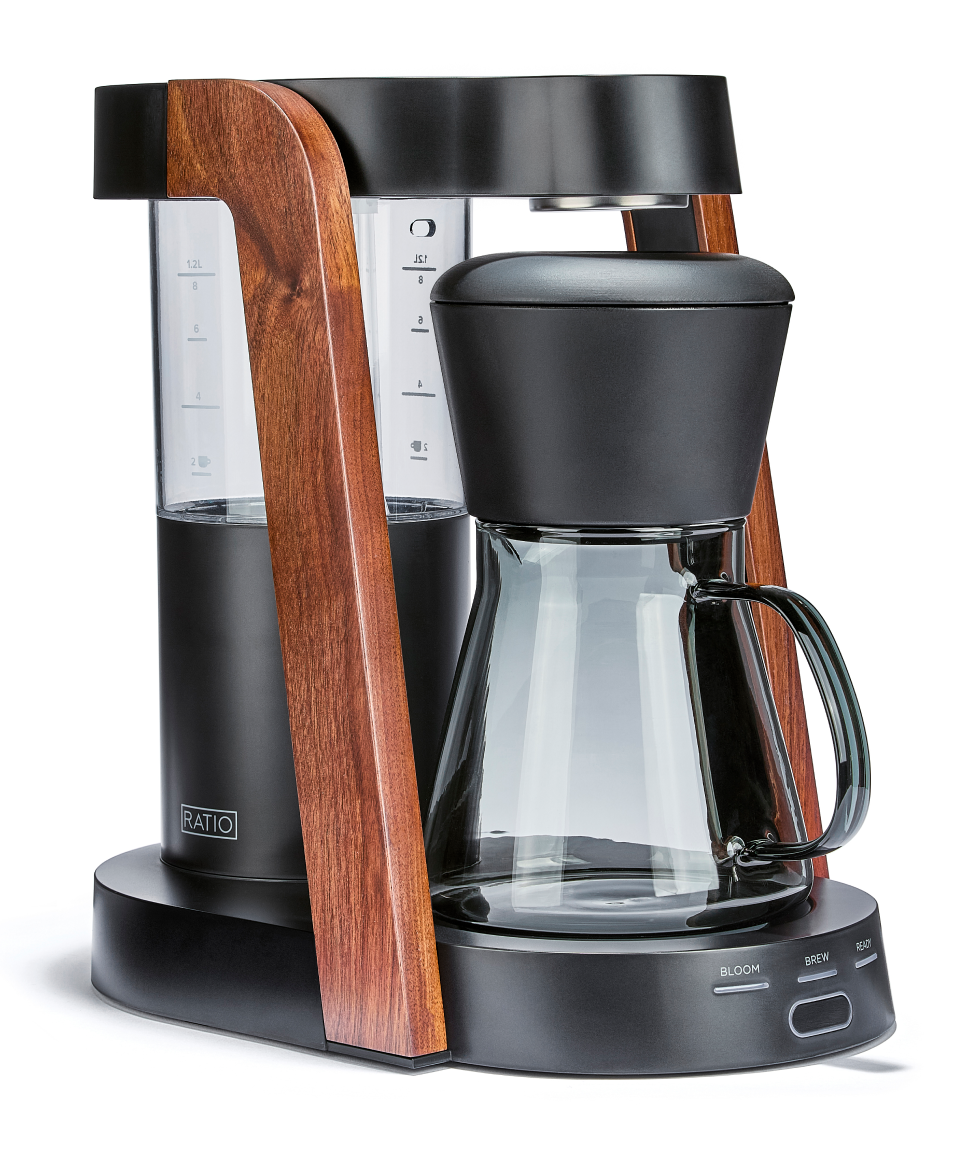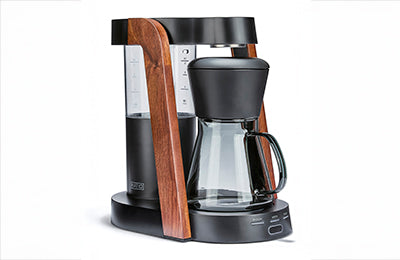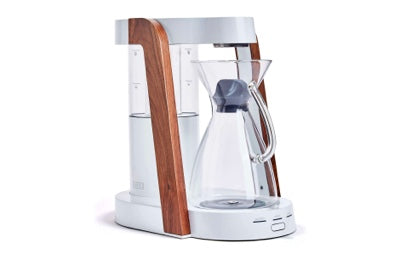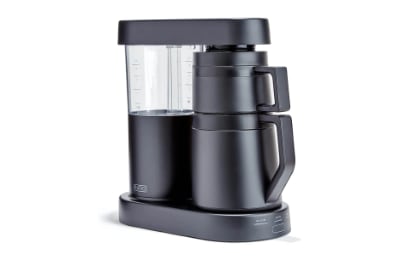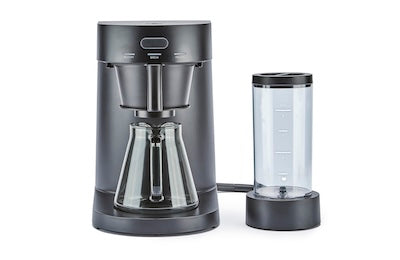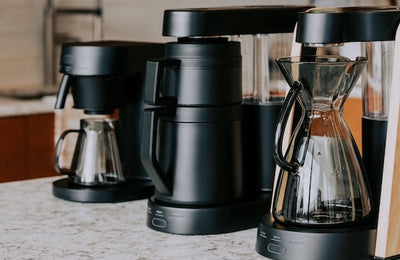Small Tweaks That Fix 90% of Bad Coffee at Home
Key Takeaways
- Small adjustments in grind size can significantly improve coffee flavor.
- Proper water quality and temperature are crucial for optimal extraction.
- Regular cleaning of equipment prevents unwanted flavors and extends longevity.
- Experimenting with brewing techniques can enhance and diversify flavor profiles.
- Natural flavor additives can personalize and enrich your coffee experience.
Brewing coffee at home can sometimes be disappointing, but small adjustments can dramatically improve your cup. Start with your coffee grind size; adjusting it can change the flavor even if your coffee seems off. Fine-tuning your coffee brewing ratios is another crucial step. A balance between the amount of coffee and water can significantly enhance the balance of flavors. For those figuring out how to make espresso, focusing on timing and pressure is essential to avoid bitterness or sourness. Regular maintenance of your home coffee brewing equipment, including cleaning and descaling, also prevents unwanted flavors, ensuring a delightful coffee experience every time.

Understanding the Basics of Coffee Quality
To ensure a high-quality brew, you must first understand your coffee beans' essence. While many believe that dark roasting is essential for a richer flavor, there’s a strong case for choosing lighter roasts to preserve the beans' natural flavors and aromas. The right coffee grind size is also crucial, as it determines the extraction rate. Matching the grind to your brewing method helps bring out the best flavors, whether you're using a French press or trying your hand at how to make espresso.
The proportions of coffee to water impact the overall taste and strength of your brew. Coffee brewing ratios like 1:15 to 1:18 are often recommended for optimal extraction. Adhering to these ratios prevents over-extraction and bitterness and keeps the taste balanced. Adjustments might be needed for different beans, as their unique profiles can affect how they interact with water.
But good quality coffee isn't just about beans and water. Paying attention to the brewing equipment is equally crucial. Cleaning your grinder, espresso machine, and other home coffee brewing tools regularly can help you avoid residues that taint the flavor. Regular maintenance and using clean, filtered water ensure consistent, top-notch results in your brewing endeavors.

Water Quality and Temperature
The quality of water you use in home coffee brewing is integral to the taste of your final cup. Tap water with high mineral content might cause an off-flavor, while too pure or distilled water lacks the necessary minerals for good extraction. For the best coffee, use filtered water to ensure a balanced mineral content that complements the coffee brewing ratios you’re using without overpowering the flavor.
Water temperature also plays a key role in extracting coffee's optimal taste. Too hot water can over-extract, creating bitterness, while too cool can under-extract, resulting in a weak brew. Aim for a temperature between 195°F and 205°F. This range is ideal for most methods, providing the right conditions to balance the full spectrum of flavors your coffee can offer.
On one hand, some people believe that achieving the perfect temperature is less crucial with how to make espresso, due to the machine's control over parameters. However, others argue that even small variations outside the ideal temperature range impact taste significantly. Understanding your equipment and following these guidelines help you produce a consistently delicious cup.
Ultimately, simply being aware of these factors and making small adjustments can fix nearly all of your coffee brewing woes at home. These considerations make the difference between a mediocre brew and a delicious experience, enhancing even the finest nuances of your coffee’s profile.

Brewing Techniques That Make a Difference
Exploring brewing techniques opens the door to elevating your home coffee brewing from ordinary to exceptional. Correctly mastering pour-over methods like the Chemex or dripper can highlight the subtle nuances of your coffee. By adjusting the pour rate, you control extraction more precisely, ensuring flavors are well-balanced. Similarly, when learning how to make espresso, paying attention to tamping pressure and timing helps achieve the desired crema and richness consistently.
One of the challenges in achieving optimal coffee taste is uneven extraction, which often occurs due to improper saturation of coffee grounds. This issue can be addressed through techniques such as blooming in pour-over methods, where you pre-wet the coffee to even the extraction process, reducing bitterness. Proper stirring during immersion methods like French press ensures all grounds contact the water equally, enhancing flavor.
Utilizing correct coffee brewing ratios is pivotal for all these techniques, as too much or too little coffee can affect taste drastically. Incorporate techniques tailored to your method, such as adjusting your coffee grind size according to the brew method, which can prevent over or under-extraction. For instance, a coarse grind for French press contrasts with a fine grind needed for espresso, highlighting each method's unique requirements.
These fine-tuned techniques and considerations help overcome common home brewing issues, ensuring you make the most of your chosen method, leaving you with a premium cup that rivals any café's offering.

Cleaning and Maintaining Your Coffee Equipment
Regular cleaning of your coffee equipment is crucial for maintaining the quality and taste of your brew. Residual coffee oils and grounds can affect flavor, so thorough cleaning is necessary to prevent buildup. Pay attention to your grinder, especially if you're experimenting with different coffee grind sizes. Removing coffee dust and oils will ensure a consistent grind and prevent off-tastes from blending into your coffee.
Routine maintenance of other coffee tools, such as the espresso machine, involves descaling to prevent mineral accumulation from impacting performance. When learning how to make espresso, clean filters and steam wands to avoid any old residues tainting fresh pulls. This diligence in cleaning keeps your machine functioning at peak performance and helps maintain its longevity.
In the next few years, the focus on sustainable and efficient home coffee brewing cleaning products is likely to increase, with innovations aimed at simplifying maintenance efforts. This burgeoning trend indicates that more eco-friendly and less labor-intensive solutions will become standard, making it easier for you to keep your equipment in top condition.
Regular upkeep is not just about cleaning but ensuring that your equipment runs smoothly and efficiently. Adhering to proper cleaning schedules reduces unexpected breakdowns and guarantees that every cup brewed at home reflects the care and attention invested in your brewing setup.

Experimenting with Flavor Enhancements
Experimenting with flavor enhancements offers a delightful way to personalize your daily brew. Beyond changing your coffee brewing ratios, adding spices such as cinnamon or nutmeg during brewing can infuse subtle warmth and complexity. Incorporating vanilla extract or almond essence into your cup can create a rich sensory experience that pairs beautifully with a cozy morning routine or an afternoon break.
One secret to flavor enhancement is exploring the world beyond sweeteners and creamers. What most people don’t see about creating unique coffee experiences is the range of natural ingredients that can be subtly integrated. A pinch of cardamom or a dash of cocoa powder can transform the ordinary into the extraordinary, making your coffee uniquely yours.
You might also consider subtle variations in brew methods to tease out different flavor profiles. Using a French press or experimenting with how to make espresso with various coffee grind sizes can highlight different notes in the coffee bean itself. This allows you to discover and unlock the full potential of each brew, making every cup a new adventure in flavor exploration.
Considering these elements and techniques ignites a curiosity that goes beyond basic home coffee brewing. By thoughtfully incorporating and experimenting with these variations, you enhance both taste and your overall coffee experience, opening new avenues for discovery and enjoyment in your everyday routine.
Frequently Asked Questions
How does water quality affect my coffee?
Poor water quality can introduce unwanted flavors and hinder proper extraction, negatively impacting the taste.
What is the ideal water temperature for brewing coffee?
The ideal water temperature for brewing coffee is between 195°F and 205°F.
Why does grind size matter in coffee brewing?
Grind size affects the extraction rate and flavor balance of your coffee, with different brewing methods requiring specific grinds.
How often should I clean my coffee equipment?
It's recommended to clean your coffee equipment after each use and descale machines monthly to maintain optimal performance.
Can adding spices improve my coffee flavor?
Yes, adding spices like cinnamon or nutmeg can enhance and add complexity to your coffee's flavor profile.
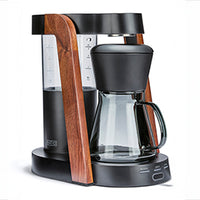 Ratio Eight S2
Ratio Eight S2
 Ratio Eight Original
Ratio Eight Original
 Ratio Six
Ratio Six
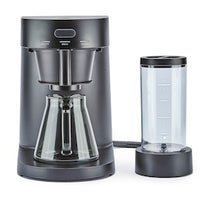 Ratio Four
Ratio Four
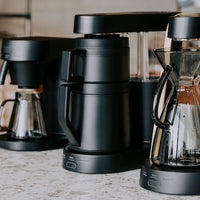 Compare Machines
Compare Machines
